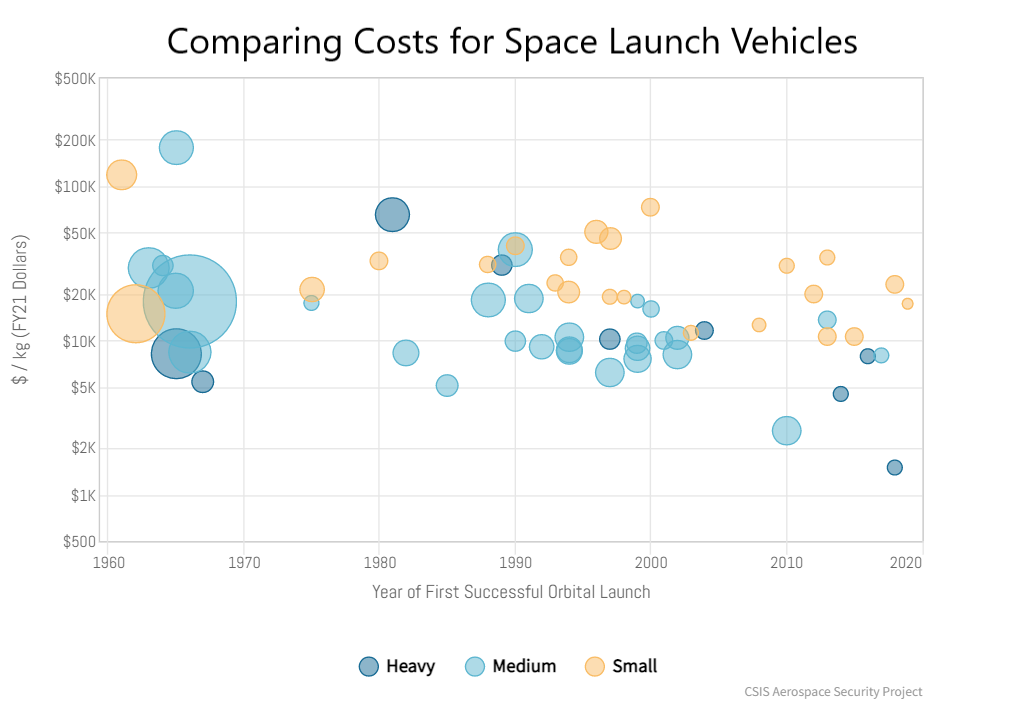Have you ever thought about adding gold to your portfolio, safe-deposit box, or secret floor safe? If so, you were probably perplexed by all the ways to acquire an ownership stake in the world’s most popular precious metal, currently selling for $1,826 per ounce.
In fact, there are at least eight ways to own the yellow metal, and not all of them include having to stash physical pieces of gold into a safe or floor vault. Many investors and speculators want nothing to do with the inconvenience of having to store and protect a private cache of any precious metal, much less one that’s priced at nearly $2,000 per ounce.
What’s the answer? The simple solution to the challenge of deciding on what form of gold ownership is right for you is to learn about the main ways people buy it. Here’s a short rundown of the eight most common ways that precious metal enthusiasts acquire ownership in gold.
ETFs (Exchange-Traded Funds)
These broad-based funds own enough gold so that their shares closely track the spot price of the metal. For investors who don’t want the hassles that can come with physical gold, ETFs are a popular choice.
Mining Stocks
There are hundreds of stocks issued by mining companies. The problem with this method of acquiring a “stake” in gold ownership is that individual mines can do poorly in terms of gold production, so their share prices don’t always follow the price of the metal.
Gold Options
It’s possible to buy stock options on mining shares, but this technique suffers the same problems as owning the shares directly, namely, prices don’t track the fate of gold.
Futures
Speculators often seek gold-related profit by purchasing futures contracts on gold as a commodity, which can be an exciting but relatively risky way of taking temporary ownership of gold.
Physical Bullion
One of the most common ways that investors and speculators own gold, physical possession usually entails keeping the metal in a bank’s safe-deposit box or a home safe. It’s almost always a very bad idea to keep gold in one’s home. The risk of theft, fire damage, flood loss, and other disasters is a risk that’s just not worth taking. For a small fee, bank and credit-union safe boxes are an ideal alternative.
Stored Bullion
By “third-party,” we mean that you own the gold, but someone else has possession. By far, the most common reason for this situation is when someone owns a precious-metals IRA. Tax laws prohibit the account holder from having possession of the metal, so it’s typically kept in IRS-approved depositories or vaults. Except for the IRA situation, most holders of gold bullion like to take possession of the gold themselves.
Rare Coins
A popular choice for numismatists (people who collect coins as a hobby or profession) is to keep gold in the form of rare coins. A U.S. gold $10 piece can be worth many thousands of dollars, based on both the amount of raw gold it contains as well as the rarity of the coin itself. It takes an experienced coin expert to accurately judge the worth of a particular coin, so this path to ownership is not as common as some of the others.
Antiques
Opting for the antique route only makes sense if you’re already into collecting old items for profit. It can take a sharp eye to calculate the amount of pure gold in any given antique, but assayers can do the job for you if you’re willing to pay a fee. This method is much like collecting coins, but the variety of items is virtually unlimited, and includes tableware, jewelry, clothing, decorative ornaments, ritual items, and many more.



